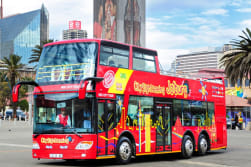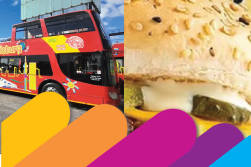The Apartheid Museum - A Testament to South Africa’s Dark Past and Bright Future
Anyone visiting South Africa should bear witness to its past. Hop-on the City Sightseeing’s Red Bus to later hop-off at the Apartheid Museum, where visitors get taken on a journey through the history of racial segregation in South Africa. It’s an insightful, humbling experience that takes you through the darkest of South Africa’s heritage and brings you out to a bright future of reconciliation and possibility.
Admission fees for adults are R95, while students, pensioners and children are R80. Opening hours are 9:00 AM to 5:00 PM Monday to Sunday. We advise you to plan your stay for 2 hours to interact with all the exhibits. (Take note: The museum is closed on Good Friday, Christmas Day And New Year's Day.)
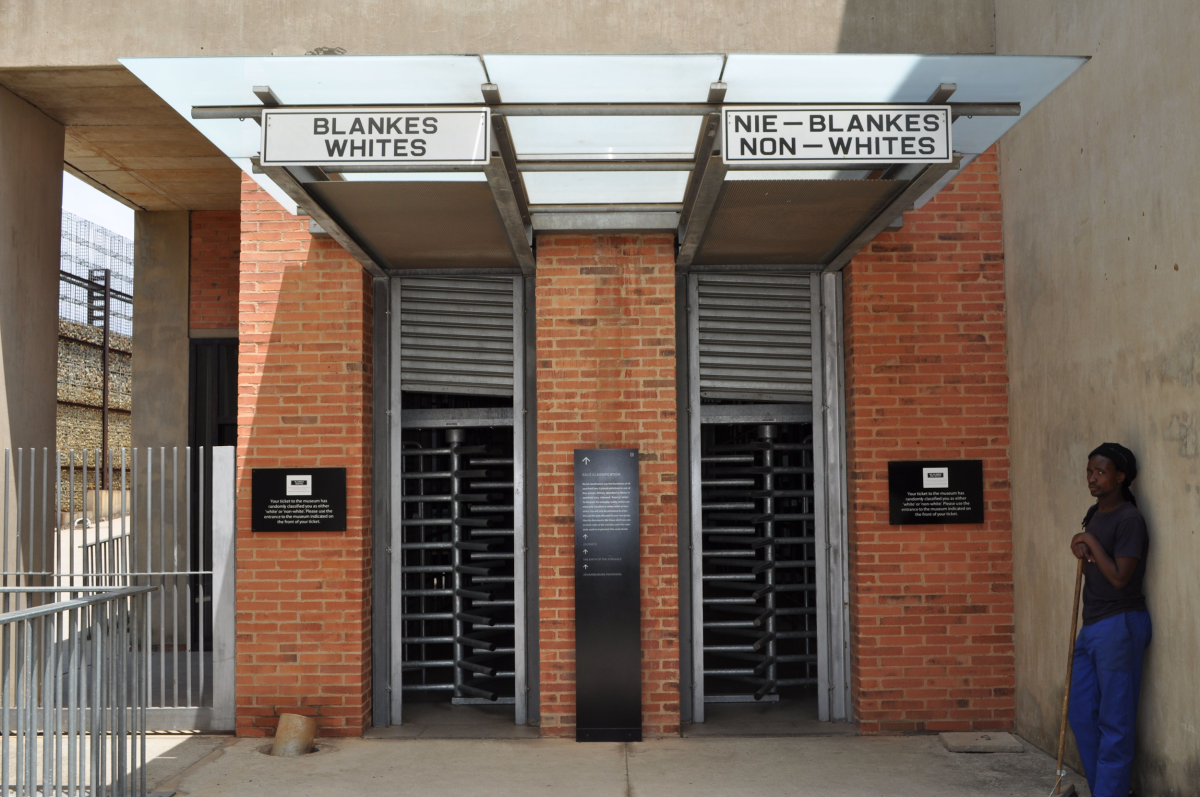
[Image Source: Trip Savvy]
Right off the bat, visitors get a taste of what it’s like to be separated by race. Family, friends, and groups are arbitrarily assigned a race (White, or Non-White), which will decide where they can enter through the museum. This keeps them separated for a short portion of the museum, and within visitors get to see the ID’s that held enough weight to determine where people could go, who they could be and how they could live.
South Africa has always been a place of racial diversity. In Johannesburg many people from all corners of the world came to benefit from the gold mines and ensuing prosperity, and combined with a legacy of slavery, South Africa was and still is racially diverse. The National Government strove to keep these races apart. These stories are told through never before seen photographs, artworks and books that were banned under the Apartheid era, and through recordings of events.
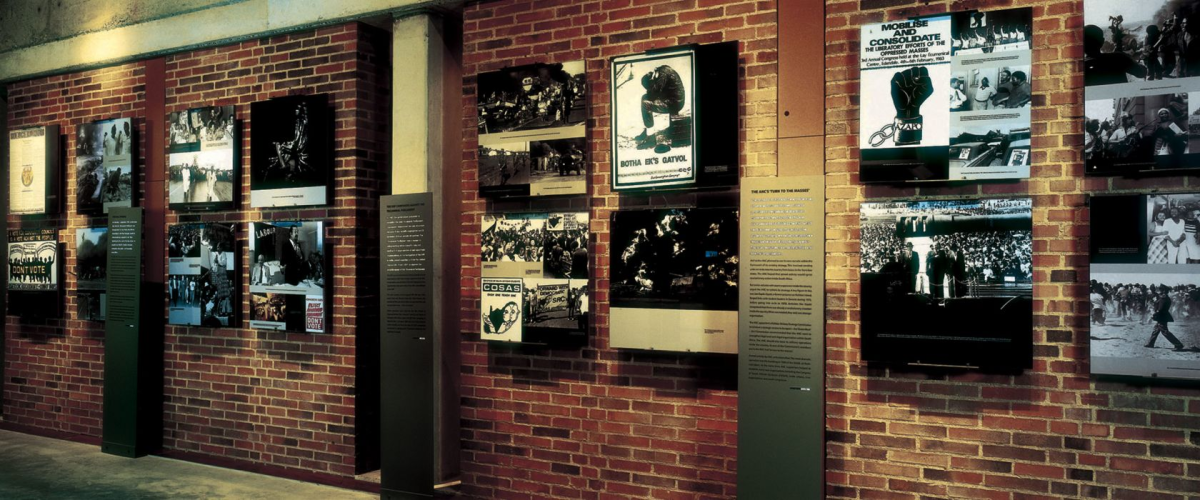
[Image Source: TSOGO Sun]
As you walk through the museum you become present to the atrocities and total domination of whole races of people. When Non-White South Africans pushed to fight for their freedom, the National government pushed back with violence, stricter laws and acts of depravity.
They were forcibly removed from their homes, tortured, persecuted, and restricted in almost all areas of their lives. The ANC, along with other opposition parties, were banned and imprisoned, forcing them to work underground for the freedom of South Africans.
But Non-Whites, as they were deemed, were determined to stand equal to their white oppressors. In retaliation to the forced removals, the violence, the banishments and the killings, they continued to fight for their freedom. As visitors walk through the various exhibits, they can learn of the struggles and determination of the South African people, and how they kept fighting despite the odds.
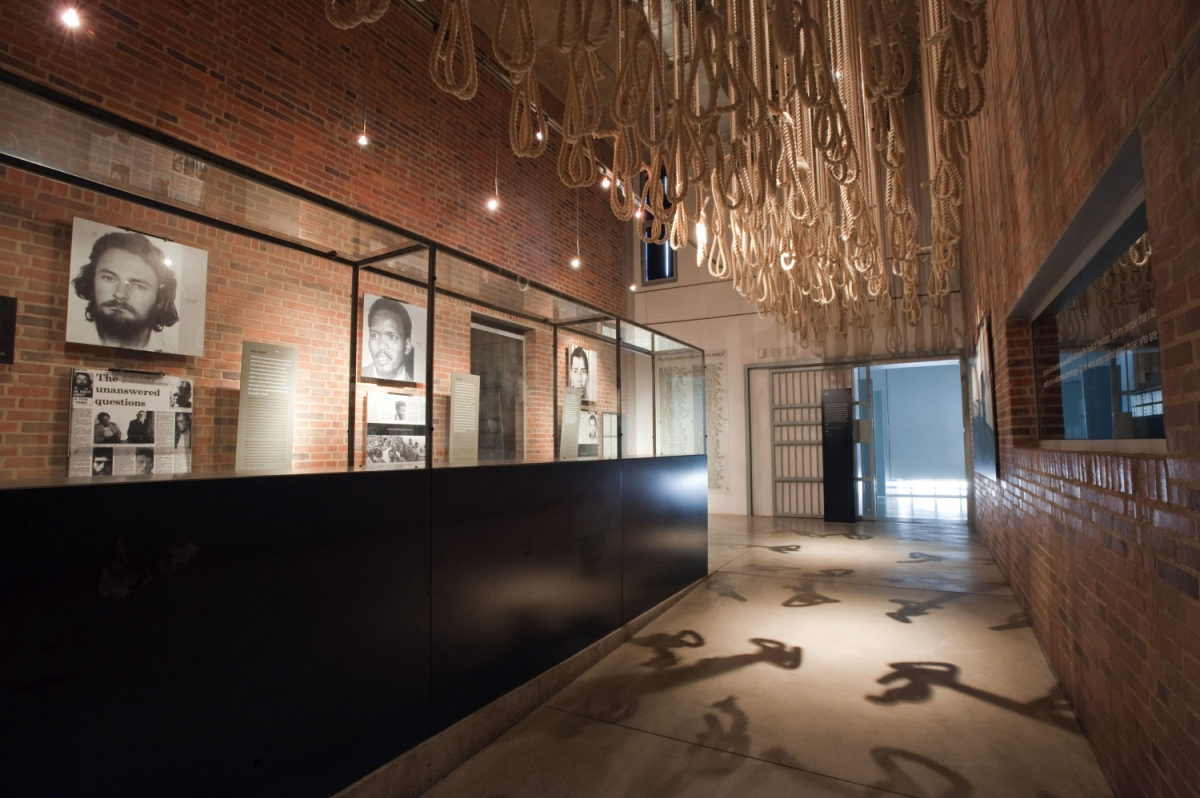
[Image Source: South African Hotels]
As visitors continue to walk through the museum, they then come to the darkest part of the National Government’s regime. The harder Non-Whites fought for freedom, the stronger the National Government pushed back. Under their ‘terrorism’ laws, 131 political opposition members were executed, with many tortured to death. Protestors were similarly arrested and tortured, while curfews and violence steadily increased.
But their struggles did no go unnoticed. Stepping out of the darkest time in South Africa’s history, visitors will find that white South Africans began to question the morality of Apartheid, and revolted against the regime that had blinded them with prosperity and racist propaganda. Similarly, non-white South Africans could not be broken and continued to push for their freedom. The whole country stood united against Apartheid.

[Image Source: www.minuteman-militia.com]
With the arrival of F W de Klerk as head of the National Party, and with Nelson Mandela’s letters of invitation from prison to end Apartheid, democracy was set in motion! The museum opens up into a space of light and possibility, with the freedom of Nelson Mandela, and the first democratic elections. In a miracle, Nelson Mandela was elected president, and South Africans could finally all stand as equal.
When you leave the museum, there is a section where visitors are encouraged to make a promise, a promise to fight against racism and discrimination wherever they encounter it. This is symbolised by taking a rock from the pile on the right and placing it on the pile on the left.
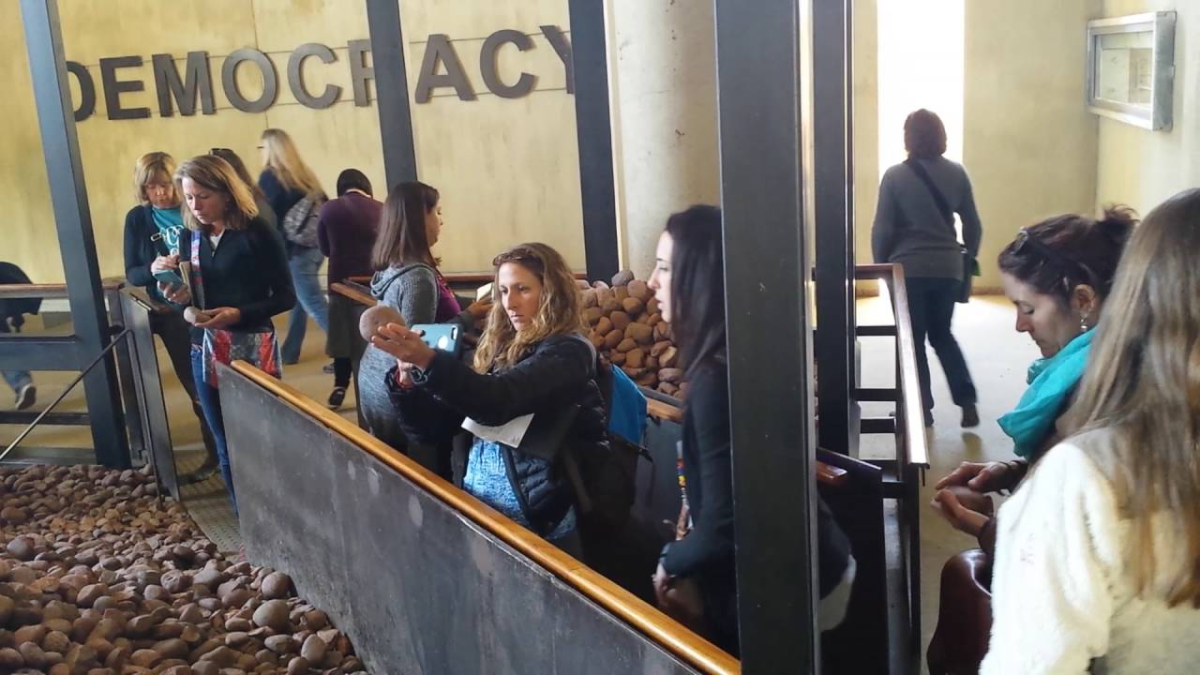
[Image Source: Youtube]
This left pile goes towards building the rock walls around the museum, symbolising all the people who have passed through and committed to a world free of discrimination. This is the whole purpose of the Apartheid Museum, not as a symbol of shame from the past, but as a declaration and possibility for the future after we’ve triumphed over the past. It’s a meaningful experience no one should miss out on!
